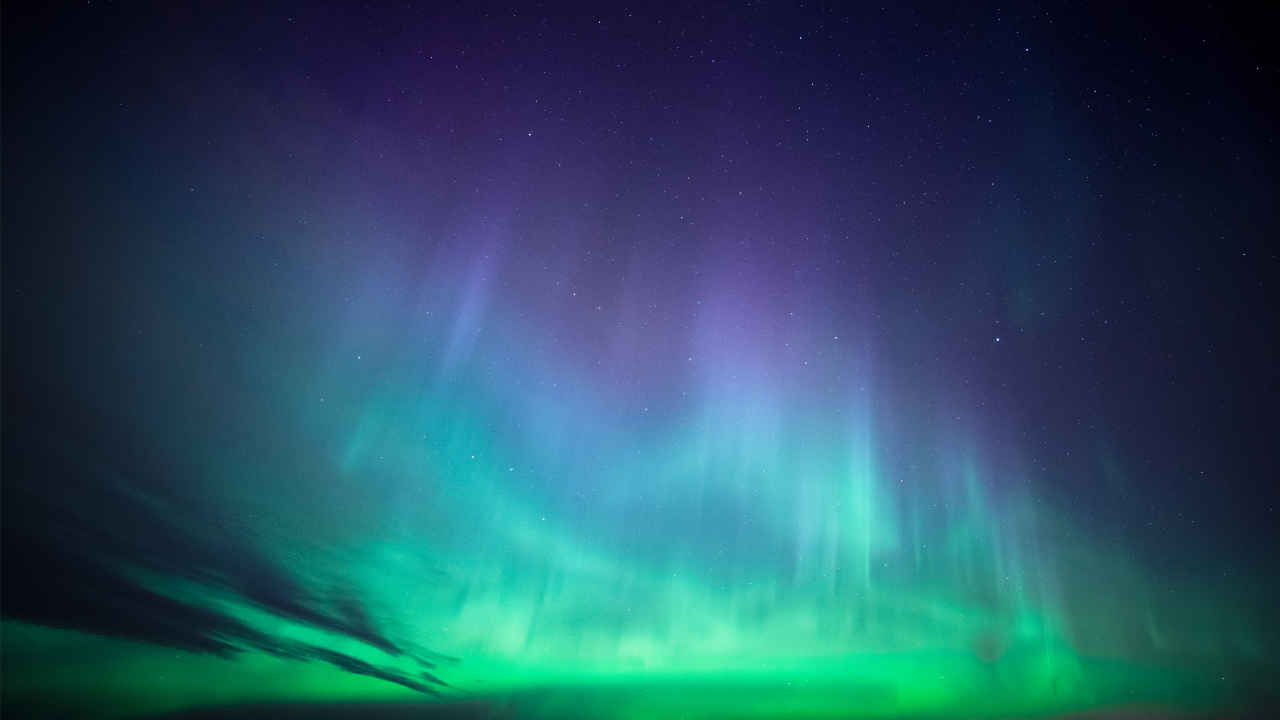Missed out on Northern Lights? NASA has a good news for you

Thanks to a surge in solar activity, northern lights could be visible much farther south than usual in the coming months.
Solar storms this year have brought the aurora borealis to unexpected locations.
“We still could possibly get some good shows in the next few months," NASA said.
If you’ve always dreamed of catching a glimpse of the stunning northern lights but thought you’d need to travel to the Arctic Circle, you might be in luck. Thanks to a surge in solar activity, the spectacular display of colourful lights could be visible much farther south than usual in the coming months.
Solar storms this year have brought the aurora borealis to unexpected locations, filling skies across various regions with vibrant hues of pink, purple, green, and blue, reports The Associated Press. According to space weather forecasters, this is due to the sun currently being at the most active phase of its 11-year cycle. During this phase, which is expected to last for at least another year, solar activity intensifies, leading to more frequent northern light displays.
Also read: Did Earth ever have rings like Saturn? Study links asteroid breakup to climate change
NASA’s Kelly Korreck highlighted that this cycle has produced auroras that reach farther south than normal, and more dazzling shows might still be on the way. “We still could possibly get some good shows in the next few months,” she said.
However, it’s not just about the stunning skies. Solar storms can also cause temporary disruptions to power grids and communication systems. Before a solar event, the U.S. National Oceanic and Atmospheric Administration (NOAA) provides alerts to operators of power plants and spacecraft to help them prepare. In May, NOAA issued a rare severe geomagnetic storm warning, with the strongest storm in over two decades illuminating skies all across the Northern Hemisphere. That same month, the sun produced its biggest flare, though luckily, Earth was not in its path.
Also read: NASA shares images of Red Spider Nebula captured by Hubble telescope
Bill Murtagh from NOAA explained that although May’s storm was intense, previous solar cycles have brought even stronger ones. This means space forecasters are closely monitoring the sun to prepare for any potential disruptions.
Just last week, a powerful solar storm surprised many as the northern lights appeared in places far from the Arctic, including Germany, the United Kingdom, New England, and even New York City.
Ayushi Jain
Tech news writer by day, BGMI player by night. Combining my passion for tech and gaming to bring you the latest in both worlds. View Full Profile





